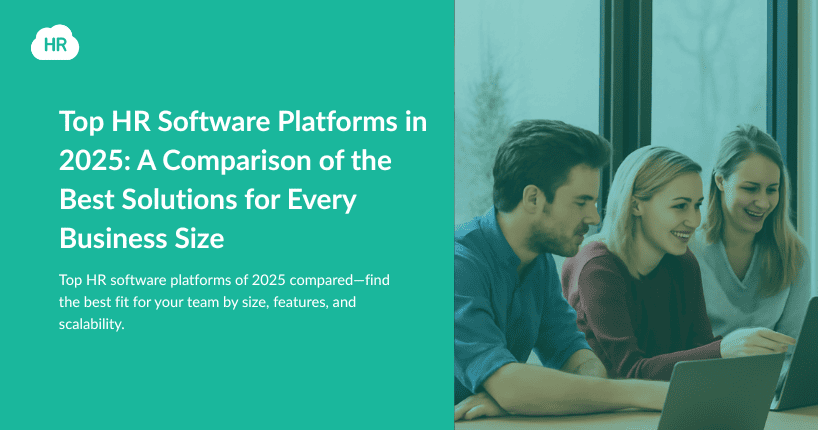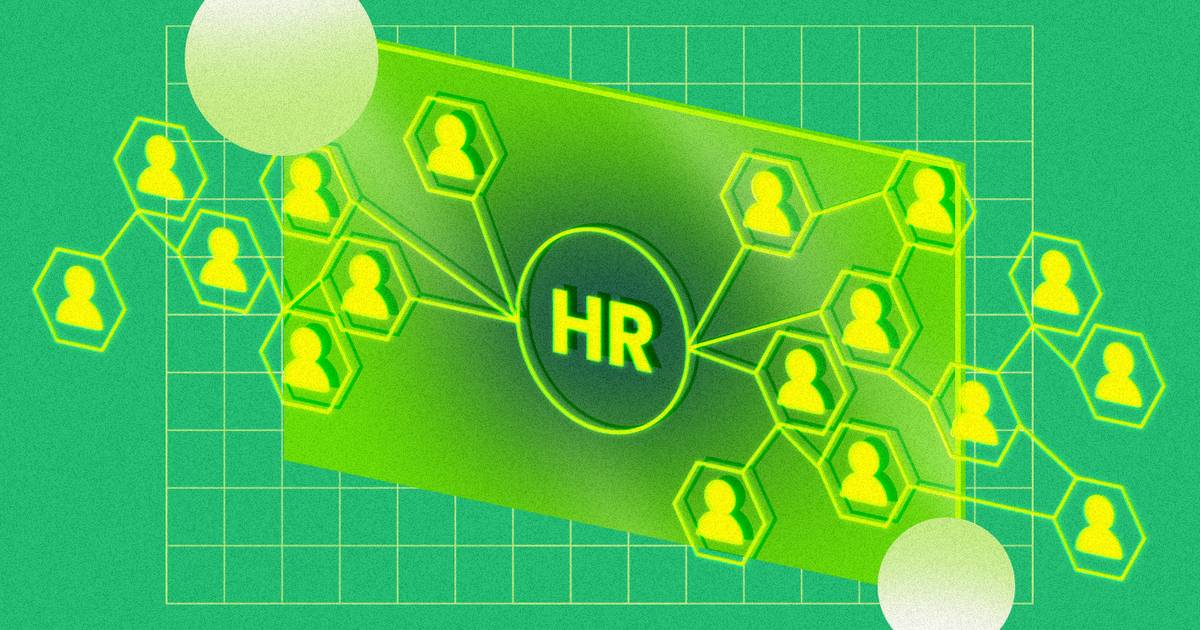Last fall, Amazon launched its Q Business AI assistant for businesses. The tool, unlike commercial, general audience products like ChatGPT, was designed to work within business applications for Amazon Web Services (AWS) customers to impact their workflow and improve productivity.
HR leaders are among the many in the workplace enlisting Q to find new ways to leverage generative AI and make it easier for employees to meet business needs.
“One of the key things that we’ve sort of been focused on is…how do we make this really simple and really easy for people to be able to get the most up to date, sophisticated, accurate responses from an intelligent assistant,” said AWS’s Dilip Kumar, a VP who has been leading the development of Q Businesses since May.
Q, he contends, is helping to bridge the gap between “structured data” at work and unstructured information that’s available in company documents, in personal documents, or wikis, Confluence, or SharePoint.
“This notion of keeping these two things separate is not how humans generally work, or what they do today is that they have to context switch. They have to…do a certain set of things here, then they have to do a certain set of things in some other place,” he said.
But with Q, employees are able to derive information and insights from all company materials relevant to their query based on the permissions their employer has designed for them. There’s no certain protocol for accessing structured data and employees (including those in the HR team) no longer need to dive deep into company documents to find the information they need.
“There’s a lot of companies that already have the data in AWS. They trust AWS. We have a pretty high bar for security, privacy, and so we can easily bring these things together,” he said, adding that in addition Q will only deliver results to employee users based on their permissions.
Quick-to-read HR news & insights
From recruiting and retention to company culture and the latest in HR tech, HR Brew delivers up-to-date industry news and tips to help HR pros stay nimble in today’s fast-changing business environment.
HR users have found several ways to leverage the technology. Digital trading broker Deriv found productivity gains but also cut down on the time it takes to onboard employees. Q at Deriv is trained on company documents and procedures, so TA pros can field fewer new hire queries and focus on the overall onboarding process.
Smartsheet built out Q’s functionality in Slack. The company’s Q was trained on internal documents, relevant outside information, as well as the wealth of information across its enterprise-wide Slack channels. By posing a question with the correct tag, each employee can get the needed information and continue on with their work as a self-service approach. No longer do employees need to wait a business day for their Slack question to be answered by a busy colleague.
“It reduces the amount of…time from when a person is asking a question to getting the answer and being able to move to the next step in the process,” Kumar said. “These are all very different companies in very different industries, but they have some very common needs of being able to make their employees more efficient.”
Zoom out. Copilot and AI assistant tools like Q are growing in the HR tech space as companies build them directly inside their platforms to leverage generative AI for an enhanced chatbot experience.
“It’s in the flow of work…there is so much data, so much information in the workspace right now, how do you consolidate it without being overwhelmed?” Salesforce CPO Nathalie Scardino told HR Brew earlier this year about her company’s Einstein assistant.
AI-powered copilots use large language models (LLMs) to help users interact with large sets of data within a platform, or even an entire tech stack, using natural language to answer human questions without needing to tap a human expert.
Correction 09/20/24: A previous version of this piece referred to Amazon Q Business as Amazon Q for businesses.




